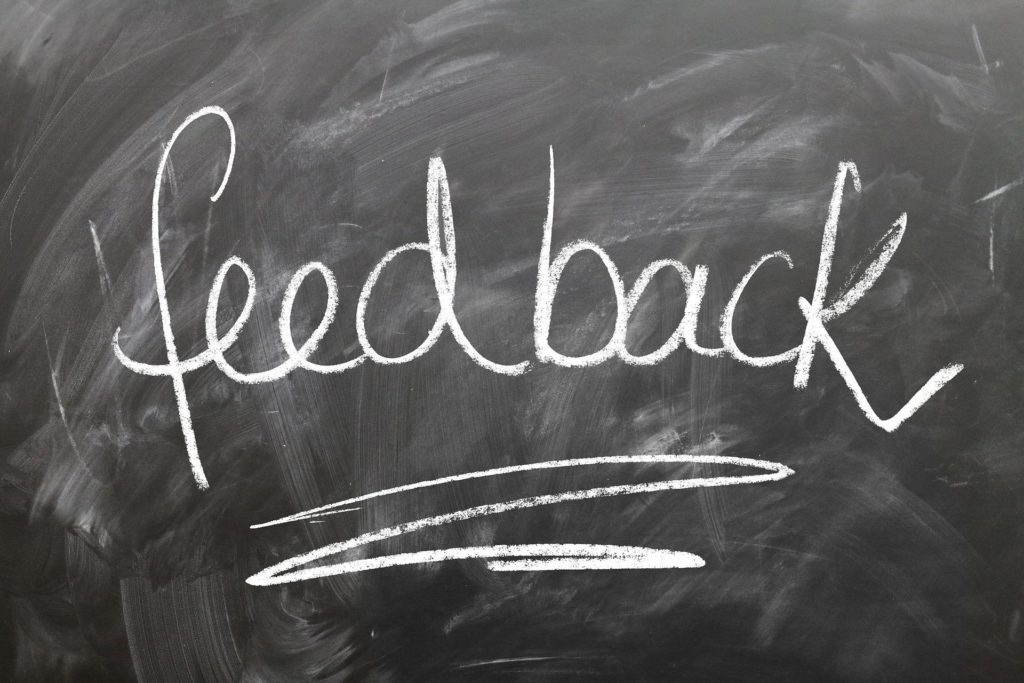Research shows that feedback given in the right way contributes to development, learning, improved performance, and a positive work environment. Yet, we often use it less frequently than we think. When Simon Elvnäs and his research group asked managers how much of their time they estimated went to feedback, they responded with 40%, while the analysis showed it was actually between 0-2%.
Part of the difference may be that we think we are giving feedback when, in reality, we are expressing appreciation or encouragement. This is, of course, also good in terms of relationship-building, but it does not contribute to the development of our performance because it does not provide clear information. So, what should you consider to provide effective feedback?
Here are 5 tips:
- Be specific and clear – link to behavior
Give concrete examples of what you have observed and be constructive. Focus on behavior, not the person. Instead of being perceived as a judgment, you provide feedback that can be acted upon. If you also describe the consequences of the behavior, you increase clarity.
- Sprinkle positive and reinforcing feedback
Positive feedback has a greater impact on behavior than corrective feedback. Since our brains focus more on what is perceived as negative and threatening, it is recommended that we give at least 5 times as much positive feedback. This also builds the trust that is the foundation for delivering corrective feedback effectively.
- Start from your own experience and feelings
Use “I” messages and describe your experience of what happened. This increases the possibility of getting your feedback across and reduces the risk of defense mechanisms and discussions about interpretations of what happened.
- Choose the right moment
Provide feedback close in time and, especially with corrective feedback, make sure the recipient has time to receive and discuss your feedback.
- The right mindset and intention
The purpose of feedback is to contribute to development and learning. If you show that it is your intention, the chances of getting your message across also increase. See feedback as a gift where you help someone succeed better.
Start sprinkling with positive feedback! If you are already accustomed to expressing appreciation, you have a good start – add the specific behavior, and both parties will benefit even more from your input.
Curious for more tips? Feel free to contact us!




